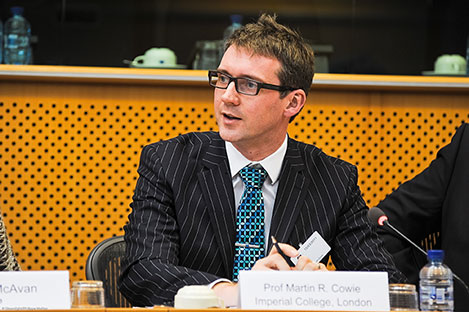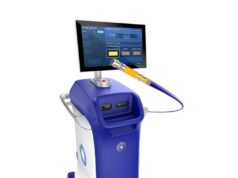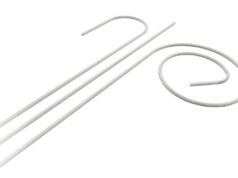
An interview with Martin Cowie
Martin Cowie (Imperial College London, London, UK) is the principal investigator of the SERVE-HF study, which is assessing the use of adaptive servo-ventilation (PaceWave, ResMed) in chronic heart failure patients with central sleep apnoea. In this interview he explains why he believes the study, if positive, could convince cardiologists to start screening for the condition.
What percentage of patients with heart failure have sleep-disordered breathing?
At least 50% of patients with heart failure have sleep-disordered breathing, and about half of these will have obstructive sleep apnoea and the other half will have central sleep apnoea. Obstructive sleep apnoea, which most people have heard of, is when the upper airway collapses. But with central sleep apnoea, the brain stops sending out the signal to breath—so, you stop breathing for a while and then re-start. If you have severe heart failure, you are more likely to have central rather than obstructive sleep apnoea.
Does central sleep apnoea affect mortality and morbidity in these patients?
We know that, in heart failure, the worse your central sleep apnoea, the worse your prognosis. However, the real question is whether treating sleep apnoea will lead to improved outcomes. At the moment, we lack good evidence from randomised controlled trials to answer this question. Therefore, one of the aims of the SERVE-HF study is to provide this information.
Please can you tell us more about the aims and objective of SERVE-HF?
The study is the world’s largest sleep apnoea study, and it is designed to assess the effects of adaptive servo-ventilation (PaceWave, ResMed) on mortality and morbidity in chronic heart failure patients with predominant central sleep apnoea. We have completed enrolment and have now randomised 1,350 patients, from Europe and Australia, to receive adaptive servo-ventilation plus optimum medical management or optimum medical management alone.
We are looking at “hard” endpoints, which include mortality, unplanned hospitalisation for heart failure, and worsening heart failure. However, we are also looking at quality of life, sleep quality, and biomarker changes (such as NT-proBNP). There is also a major substudy, which will assess the effect of adaptive servo-ventilation on left ventricular remodelling among other factors.
The average follow-up is going to be about two and two and half years, so we hope to have results by autumn 2015.
How does adaptive servo-ventilation work?
The traditional ventilation system for managing sleep-disordered breathing is continuous positive airway pressure (CPAP), which does not work that well for patients with central sleep apnoea. With central sleep apnoea, the patient goes through a cycle of over breathing, under breathing and stopping altogether. Therefore, patients find the continuous pressure with CPAP devices difficult to tolerate. Adaptive servo-ventilation does not provide any extra pressure when the patient is over breathing, but supports their breathing when they are under breathing. The aim of the system is to average out the patient’s breathing pattern and stop them having this waxing and waning of breathing. Overall, it is better tolerated, more physiological, and better at controlling central sleep apnoea than CPAP devices.
How do you think the results of SERVE-HF could affect clinical practice?
The study has the potential to make a huge difference to cardiologists’ clinical practice. At the moment, cardiologists tend not to screen for central sleep apnoea because they do not believe it is their responsibility—they see it as the responsibility of respiratory specialists or general practitioners. Also, cardiologists sometimes have the attitude that there is little point screening for the condition because they doubt that treating it will improve the patient’s prognosis.
Therefore if SERVE-HF shows that adaptive servo-ventilation improves outcomes in patients with heart failure, it could be a wake-up call for cardiologists as they may start to think more about central sleep apnoea. They may start to screen for it and may refer patients for possible therapy. By the end of 2015, cardiologists could be having a very different approach to the condition from what they have now.









